Home>Garden Essentials>Who Does Landscaping
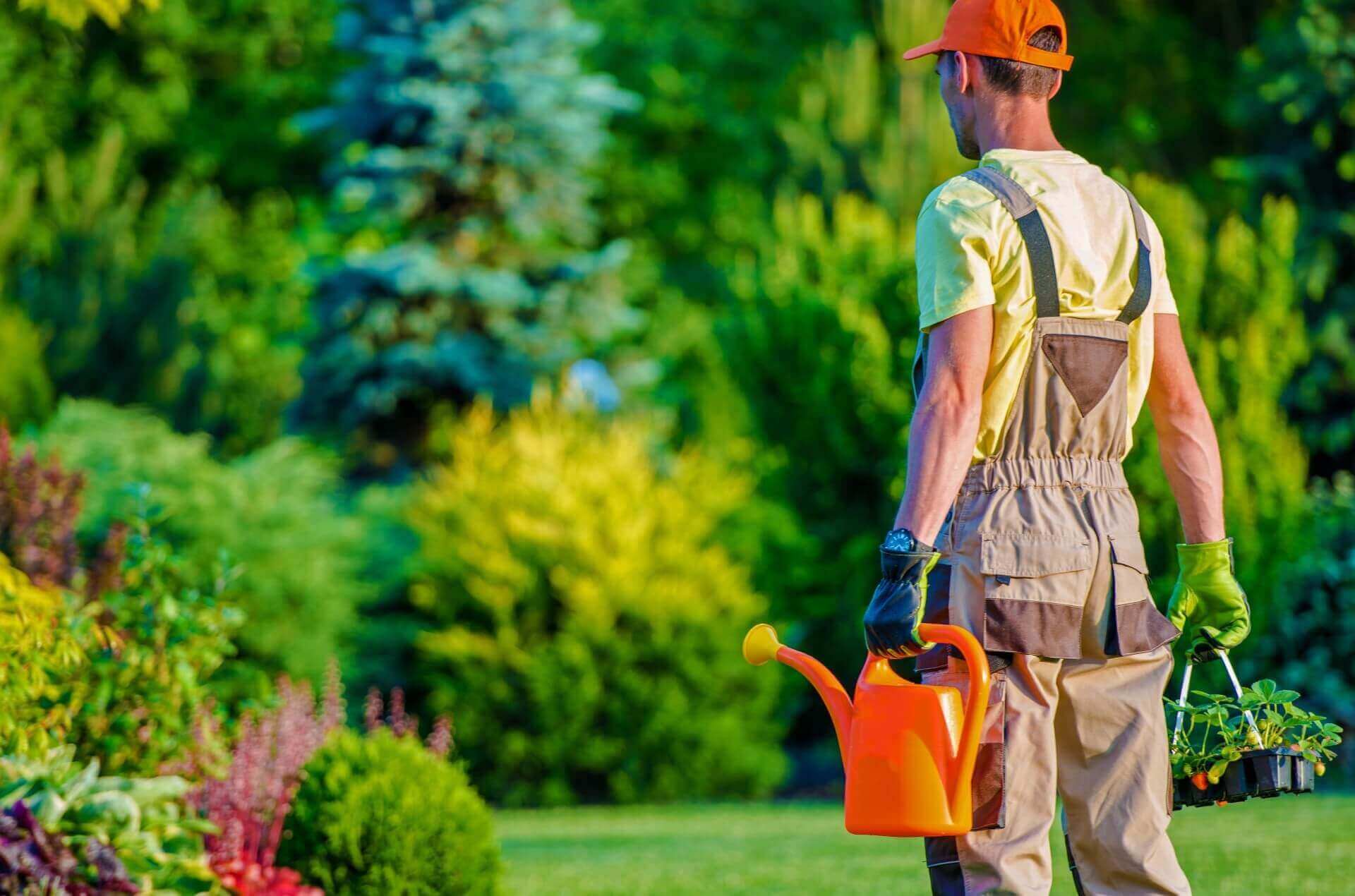

Garden Essentials
Who Does Landscaping
Modified: October 20, 2024
Looking for expert garden landscaping services? Discover who does landscaping and transforms your garden into a stunning outdoor oasis with our professional and creative solutions.
(Many of the links in this article redirect to a specific reviewed product. Your purchase of these products through affiliate links helps to generate commission for Storables.com, at no extra cost. Learn more)
Introduction
Landscaping is the art and science of transforming outdoor spaces into visually appealing and functional areas. It involves the careful arrangement and design of plants, flowers, trees, shrubs, and other natural elements to create a harmonious and inviting environment. Whether it’s a small backyard garden or a vast commercial property, landscaping plays a crucial role in enhancing the beauty and value of any space.
When done right, landscaping can provide numerous benefits beyond aesthetics. It helps to improve the quality of air, regulate temperature, reduce noise pollution, and even promote physical and mental well-being. From residential yards to public parks, the impact of a well-designed landscape can be profound.
In order to achieve the desired results, it is important to hire a professional landscaper who possesses the knowledge, skills, and experience to bring your vision to life. While some individuals may opt for a DIY approach, the expertise of a professional can make a significant difference in the overall outcome. Not only will a skilled landscaper be able to create a stunning landscape, but they will also provide valuable insights and recommendations based on their expertise.
In this article, we will explore the world of landscaping by understanding its importance, the roles and responsibilities of a landscaper, the qualifications and skills required in the profession, and tips for hiring a professional landscaper or undertaking a DIY landscaping project. Additionally, we will also take a look at the latest landscaping trends that are influencing outdoor spaces and transforming the way we perceive and interact with them.
So whether you have a green thumb and love to dig in the dirt, or you’re just starting to explore the wonders of landscaping, this article will provide you with valuable insights and tips to make your outdoor spaces truly shine.
Key Takeaways:
- Landscaping is more than just making outdoor spaces look pretty. It also helps the environment, increases property value, and improves our health and well-being.
- Whether you hire a professional or do it yourself, landscaping offers the chance to create beautiful, sustainable, and enjoyable outdoor spaces that connect us with nature.
Read more: Who Is The Landscape Architect Of Gettysburg
Understanding Landscaping
Landscaping is a multidimensional practice that involves the artful arrangement and design of outdoor spaces. It encompasses various elements such as plants, trees, shrubs, flowers, hardscapes, water features, and lighting to create a beautiful and functional environment. The goal of landscaping is to enhance the natural beauty of a space, while also considering factors such as functionality, sustainability, and the overall vision of the client.
One of the fundamental aspects of landscaping is the strategic arrangement of plants and vegetation. This includes selecting the right plants for the specific environmental conditions, such as soil type, sunlight exposure, and climate. Landscapers also carefully consider factors like color, texture, and height to create visually appealing compositions. They may utilize techniques like layering and grouping to add depth and dimension to the landscape.
Another crucial aspect of landscaping is the inclusion of hardscapes, which are man-made elements like pathways, patios, decks, and fences. These elements not only provide functionality and ease of use but also serve as design features that complement the overall aesthetic of the landscape. Additionally, hardscapes can create defined areas within a space, serving various purposes such as dining areas, lounging spots, or focal points.
Incorporating water features into a landscape is also a popular landscaping practice. Water elements like ponds, fountains, or waterfalls add a tranquil and soothing ambiance to outdoor spaces. They can also attract wildlife and provide a habitat for aquatic plants and animals, contributing to the biodiversity of the area.
Furthermore, effective lighting is a crucial component of landscaping. Lighting not only adds safety and security to outdoor spaces but also extends the usability of the area beyond daylight hours. It can highlight focal points, create ambiance, and bring attention to specific features of the landscape.
Landscaping is not limited to residential properties alone; it is equally important in commercial spaces as well. Landscape design for commercial properties often seeks to create an inviting and professional environment for employees and clients. Well-maintained and aesthetically pleasing landscapes can create a positive impression and improve the overall experience for visitors.
Overall, landscaping is a dynamic and creative form of art that requires careful planning, design, and implementation. It combines natural elements with man-made structures to create aesthetically pleasing, functional, and sustainable outdoor spaces.
Importance of Landscaping
Landscaping is more than just creating a visually appealing outdoor space – it plays a crucial role in enhancing the overall quality of life and the environment around us. Here are some key reasons why landscaping is important:
1. Enhances Aesthetic Appeal: Well-designed landscapes can transform an ordinary outdoor space into a stunning and inviting area. The use of carefully chosen plants, flowers, and hardscape elements can create a visually pleasing environment that adds value to any property.
2. Increases Property Value: A beautifully landscaped property is highly attractive to potential buyers. Studies have shown that well-maintained landscapes can increase the value of a property by as much as 20%. It creates curb appeal and leaves a lasting impression on visitors.
3. Environmental Benefits: Landscaping has several environmental benefits. It helps to reduce soil erosion by stabilizing the ground with plant roots. Plants also absorb carbon dioxide and release oxygen, improving air quality. Additionally, trees provide shade, reducing the need for excessive air conditioning.
4. Improves Health and Well-being: Spending time in green and natural environments has been proven to reduce stress, lower blood pressure, and improve overall mental well-being. Landscaping creates opportunities for outdoor activities and relaxation, promoting a healthier lifestyle.
5. Enhances Privacy and Security: Landscaping elements like fences, hedges, and trees can provide privacy and security to a property. They act as natural barriers, creating a sense of seclusion and deterring intruders. Landscaping also helps to minimize noise pollution by absorbing sound waves.
6. Creates Habitat for Wildlife: A well-designed landscape with diverse plant species can attract a variety of wildlife, including birds, butterflies, bees, and beneficial insects. This contributes to biodiversity and creates a balanced ecosystem in the area.
7. Energy Efficiency: Strategic landscaping can help to improve energy efficiency in buildings. Planting trees strategically around a property can provide shade during hot summer months, reducing the need for excessive air conditioning. In colder climates, trees can act as windbreaks, reducing heat loss from buildings.
8. Community Enhancement: Well-maintained landscapes contribute to the overall beauty and charm of a community or neighborhood. It creates a sense of pride, fosters community engagement, and encourages residents to spend more time outdoors, leading to a stronger sense of community.
Understanding the importance of landscaping emphasizes the need to invest time, effort, and resources into creating and maintaining beautiful outdoor spaces. Whether it’s a small backyard or a large commercial property, landscaping has a significant impact on our quality of life and the environment as a whole.
Roles and Responsibilities of a Landscaper
A landscaper is a trained professional who specializes in the design, installation, and maintenance of outdoor spaces. They possess a deep understanding of plants, hardscapes, irrigation systems, and other landscaping elements. Let’s take a closer look at the roles and responsibilities of a landscaper:
1. Designing Outdoor Spaces: One of the primary roles of a landscaper is to design outdoor spaces that meet the specific needs and preferences of their clients. This involves understanding the client’s vision, conducting site analysis, and creating a comprehensive landscape plan. The landscaper considers elements such as plant selection, hardscape placement, water features, lighting, and overall functionality to create a cohesive and aesthetically pleasing design.
2. Installing Landscaping Elements: Once the design is approved, a landscaper is responsible for the installation of various landscaping elements. This includes preparing the site, planting trees and plants, laying pathways and patios, installing irrigation systems, setting up lighting fixtures, and other necessary tasks. Attention to detail and proper execution are essential to ensuring the success of the landscaping project.
3. Landscape Maintenance: A significant part of a landscaper’s responsibility is the ongoing maintenance of outdoor spaces. This includes tasks such as mowing lawns, pruning trees and shrubs, fertilizing plants, managing weeds, maintaining irrigation systems, and monitoring the overall health of the landscape. Regular maintenance ensures that the landscape remains healthy, vibrant, and visually appealing throughout the year.
4. Managing Seasonal Changes: Landscapers play a vital role in adapting outdoor spaces to seasonal changes. They are responsible for planting seasonal flowers, adjusting watering schedules, and performing any necessary winterization or spring clean-up tasks. This ensures that the landscape remains in optimal condition and continues to thrive throughout the changing seasons.
5. Problem Solving and Troubleshooting: Landscapers are skilled problem solvers who can identify issues and devise appropriate solutions. Whether it’s diagnosing plant diseases, addressing drainage problems, or resolving issues with irrigation systems, landscapers have the expertise to troubleshoot and implement effective solutions.
6. Incorporating Sustainable Practices: With a growing emphasis on sustainability, landscapers have a responsibility to incorporate eco-friendly practices into their work. This includes using native plants, implementing water-efficient irrigation systems, promoting composting and recycling, and minimizing the use of chemical pesticides and fertilizers. By adopting sustainable practices, landscapers can help create environmentally-friendly landscapes that minimize harm to the ecosystem.
7. Client Communication and Collaboration: Effective communication and collaboration with clients are essential aspects of a landscaper’s role. They must listen to the client’s needs, provide guidance and suggestions, and ensure that the final design and implementation align with the client’s expectations. Building strong client relationships is crucial for the success and satisfaction of both parties involved.
In summary, a landscaper is responsible for designing, installing, and maintaining outdoor spaces, combining artistic vision and technical skills to create visually appealing and functional landscapes. Their roles include designing outdoor spaces, installing landscaping elements, maintaining the landscape, managing seasonal changes, problem-solving, incorporating sustainable practices, and effectively communicating with clients. The expertise and dedication of a landscaper are essential for creating and maintaining beautiful and thriving outdoor spaces.
Qualifications and Skills of a Landscaper
A successful landscaper possesses a combination of specialized knowledge, practical skills, and a passion for creating beautiful outdoor spaces. Here are some qualifications and skills that are essential for a professional landscaper:
1. Education and Training: While formal education is not always a requirement, many landscapers pursue degrees or certifications in horticulture, landscape design, or a related field. These programs provide a solid foundation in plant biology, landscape architecture, soil science, and other essential subjects. Additionally, ongoing training and professional development courses help landscapers stay updated on the latest industry trends and techniques.
2. Plant Knowledge: A deep understanding of plants and their characteristics is a fundamental skill for a landscaper. This includes knowledge of different plant species, their growth patterns, nutritional requirements, and compatibility with various environmental conditions. Landscapers should be able to select and recommend the right plants for specific landscapes based on factors like climate, soil type, sun exposure, and client preferences.
3. Design and Creativity: A skilled landscaper possesses a creative eye and the ability to envision and implement aesthetically pleasing designs. They should be familiar with design principles, such as balance, symmetry, color harmony, and focal points. Whether it’s creating a harmonious plant arrangement or incorporating hardscape elements, a landscaper’s design skills are key to creating visually appealing outdoor spaces.
4. Technical Skills: Landscapers should have practical skills in various areas, including planting, irrigation installation and maintenance, landscape construction, and operating necessary equipment. They should be knowledgeable about grading and drainage systems, installations of pathways and patios, and proper plant care techniques. Proficiency in using tools such as pruning shears, lawnmowers, and hand garden tools is also essential.
5. Problem-Solving Abilities: Landscapers encounter various challenges throughout their projects, such as poor soil quality, pest infestations, drainage problems, or landscaping issues specific to a particular climate. The ability to identify problems, analyze root causes, and apply appropriate solutions is a valuable skill for a landscaper.
6. Communication and Customer Service: Strong communication skills and the ability to actively listen to clients’ needs and preferences are crucial for a landscaper. Clear and effective communication helps to establish trust and ensures that the final design and implementation align with the client’s expectations. Exceptional customer service skills also contribute to developing long-term relationships with clients.
7. Physical Stamina: Landscaping work often involves physical labor, such as lifting heavy objects, digging, and being exposed to various weather conditions. A landscaper must have excellent physical stamina and endurance to meet the physical demands of the job.
8. Business Management Skills: For landscapers who run their own businesses or work as freelancers, business management skills are necessary. This includes knowledge of budgeting, estimating project costs, marketing, and client management.
9. Passion and Dedication: Above all, a true passion for landscaping and a dedication to creating beautiful outdoor spaces are essential qualifications for a landscaper. The ability to connect with nature, appreciate the transformative power of a well-crafted landscape, and continuously strive for excellence are traits that set apart exceptional landscapers.
By possessing the qualifications and skills mentioned above, a landscaper can provide exceptional services, create stunning outdoor spaces, and ensure the satisfaction of their clients.
When looking for a landscaping service, ask for recommendations from friends or neighbors, check online reviews, and make sure the company is licensed and insured.
Read more: Who Owns Juniper Landscaping
Hiring a Professional Landscaper
When it comes to transforming your outdoor space, hiring a professional landscaper can make a significant difference in the final outcome. Here are some important considerations to keep in mind when hiring a professional landscaper:
1. Research and Recommendations: Start by conducting thorough research and seeking recommendations from friends, family, or neighbors who have had positive experiences with landscapers. Look for landscapers who have a solid reputation and a portfolio of successful projects.
2. Verify Credentials: Check if the landscaper is licensed and insured to protect yourself from liability. Look for certifications or memberships in professional organizations, as these indicate the landscaper’s commitment to the industry and ongoing education.
3. Portfolio Review: Request to see the landscaper’s portfolio of previous projects. This will give you an idea of their style, creativity, and attention to detail. A diverse portfolio demonstrates the landscaper’s ability to tackle different types of projects and adapt to various design preferences.
4. Consultation and Communication: Arrange a consultation with the landscaper to discuss your vision, requirements, and budget. A skilled landscaper will listen attentively, offer suggestions, and provide solutions based on their expertise. Clear and effective communication is crucial to ensure that your expectations are understood and met.
5. Request a Detailed Proposal: A professional landscaper should provide a detailed proposal that outlines the scope of work, timeline, materials to be used, and cost estimates. The proposal should be clear and transparent, leaving no room for misunderstandings or hidden costs.
6. Check References: Ask for references from past clients and follow up with them to gauge their satisfaction with the landscaper’s work. Inquire about the landscaper’s professionalism, quality of work, adherence to timelines, and overall client experience.
7. Consider Expertise and Specializations: Not all landscapers specialize in the same areas. Some may have expertise in residential landscaping, while others may excel in commercial projects or specific landscape styles. Consider your specific needs and find a landscaper whose expertise aligns with your requirements.
8. Professionalism and Reliability: Look for landscapers who demonstrate professionalism, arrive on time for meetings, and follow through on commitments. A reliable landscaper will prioritize your project and provide regular updates on progress.
9. Ask About Maintenance Services: Inquire about the landscaper’s availability for ongoing maintenance services. Regular maintenance is crucial to keep your landscape looking its best, and hiring the same landscaper for maintenance ensures consistency and familiarity with your outdoor space.
10. Get Multiple Quotes: Obtain quotes from several landscapers to compare prices and services. While cost is an important factor, it should not be the sole deciding factor. Consider the value offered by the landscaper in terms of their expertise, quality of work, and customer service.
Hiring a professional landscaper allows you to leverage their expertise, creativity, and technical skills to create a beautiful and functional outdoor space. By doing your due diligence and considering these factors, you can find a reputable landscaper who can bring your landscaping vision to life.
DIY Landscaping Tips
If you enjoy getting your hands dirty and taking on a project, DIY landscaping can be a fulfilling and cost-effective way to create a beautiful outdoor space. Here are some helpful tips to guide you through your DIY landscaping journey:
1. Plan and Design: Before starting any landscaping project, take the time to plan and design your outdoor space. Consider factors such as the size of the area, sunlight exposure, soil type, and drainage. Determine your goals and vision for the space, and sketch out a basic layout to guide your work.
2. Research and Learn: Familiarize yourself with plants that are suitable for your climate and the specific conditions of your yard. Understand their growth habits, maintenance requirements, and aesthetic appeal. Research landscaping techniques, such as proper planting methods, irrigation systems, and hardscaping installations.
3. Test and Improve the Soil: Conduct a soil test to determine its pH level and nutrient content. Based on the results, amend the soil with organic matter, such as compost or well-rotted manure, to improve its fertility and drainage. Healthy soil is the foundation for thriving plants.
4. Start Small: If you’re new to landscaping, it’s best to start with small projects that are manageable and less overwhelming. Begin with one area of your yard and gradually expand as you gain confidence and experience.
5. Create Focal Points: Incorporate focal points into your landscape design to draw attention and add visual interest. This can be accomplished through the use of eye-catching plants, unique hardscape features, or inviting seating areas.
6. Consider Maintenance: When selecting plants and design elements, consider the amount of time and effort you are willing to dedicate to maintenance. Choose low-maintenance plants that are well-suited to your specific conditions. Additionally, opt for low-maintenance hardscape materials and features.
7. Practice Proper Plant Spacing: One common mistake in DIY landscaping is planting too closely together. Give plants enough space to grow and avoid overcrowding, which can lead to poor air circulation, increased susceptibility to diseases, and competition for resources.
8. Incorporate Native Plants: Native plants are well-adapted to the local climate, making them more resistant to pests, diseases, and drought conditions. They also provide food and habitat for local wildlife. Consider incorporating native plants into your landscape to create a sustainable and ecologically-friendly environment.
9. Pay Attention to Water Efficiency: Implement water-efficient practices in your landscape, such as grouping plants with similar water needs together and using drip irrigation systems. This helps to conserve water and reduce maintenance efforts.
10. Regular Maintenance: Keep your landscape looking its best by maintaining a regular maintenance routine. This includes watering, pruning, weeding, fertilizing, and removing any dead or diseased plants. Regular maintenance ensures the health and longevity of your landscape.
Remember, DIY landscaping is an ongoing process, and mistakes can be valuable learning experiences. Embrace the opportunity to experiment, be creative, and continuously improve your outdoor space. Enjoy the journey and the satisfaction of creating a beautiful landscape with your own two hands.
Landscaping Trends
Landscaping trends evolve and change over time as new ideas, technologies, and design concepts emerge. Here are some current landscaping trends that are shaping outdoor spaces:
1. Sustainable Landscaping: With a growing emphasis on environmental stewardship, sustainable landscaping practices have become increasingly popular. This includes incorporating native plants, creating rain gardens to manage stormwater runoff, implementing water-efficient irrigation systems, and using environmentally-friendly materials for hardscapes.
2. Outdoor Living Spaces: Outdoor living spaces have become a focal point in modern landscapes. Homeowners are extending their living areas outdoors, creating functional and comfortable spaces for relaxation, dining, and entertaining. Outdoor kitchens, fire pits, pergolas, and comfortable seating arrangements are common features in outdoor living areas.
3. Edible Gardens and Urban Farming: More and more people are showing an interest in growing their own food, leading to a rise in edible gardens and urban farming. Homeowners are incorporating raised beds, vertical gardens, and container gardening to grow vegetables, herbs, and fruits within their landscapes.
4. Native and Pollinator-Friendly Plants: There is a greater awareness of the importance of supporting pollinators, such as bees and butterflies, in the ecosystem. Landscapers are focusing on planting native species and pollinator-friendly plants that provide food and habitat for these beneficial insects.
5. Low-Maintenance Landscapes: Busier lifestyles have led to an increase in the demand for low-maintenance landscapes. Homeowners are opting for plants that require minimal care, such as drought-tolerant species and perennials that require less pruning and maintenance. Additionally, the use of artificial turf or eco-friendly ground covers is rising in popularity as they require less water and maintenance.
6. Vertical Gardens and Green Walls: Vertical gardens and green walls are gaining popularity as space-saving solutions and design features. These structures incorporate plants vertically on walls, structures, or vertical supports, adding visual interest and bringing nature to limited or urban spaces.
7. Smart Landscaping Technology: The integration of smart technology into landscaping has revolutionized how outdoor spaces are managed. Programmable irrigation systems, outdoor lighting controlled by smartphones, and automated lawn mowers are just a few examples of how technology is enhancing convenience and efficiency in landscapes.
8. Outdoor Lighting: Outdoor lighting has become an essential aspect of landscaping, extending the usability of outdoor spaces beyond daylight hours. The trend is towards energy-efficient LED lighting and creative use of lighting fixtures to highlight architectural features, pathways, and plantings.
9. Zen and Minimalist Gardens: Zen-inspired gardens are gaining popularity for their tranquility and simplicity. These gardens often feature elements such as rock gardens, minimalistic plantings, sand or gravel features, and carefully placed natural objects to create a sense of calm and harmony.
10. Use of Geometric Patterns: Incorporating geometric patterns and symmetry in landscape design is a trend that adds a modern and contemporary touch to outdoor spaces. From pathways to plant arrangements, the use of geometric shapes and patterns adds visual interest and a structured aesthetic.
These landscaping trends reflect the desire to create visually appealing, functional, and environmentally-conscious outdoor spaces. Whether you choose to incorporate sustainable practices, create outdoor living areas, or embrace the beauty of native plants, these trends offer inspiration for designing a landscape that suits your personal style and enhances your connection with nature.
Conclusion
Landscaping is an art form that has the power to transform outdoor spaces, creating beautiful, functional, and sustainable environments. Whether you enlist the help of a professional landscaper or take on the challenge yourself, the rewards of a well-designed landscape are numerous.
Through careful planning and thoughtful design, landscaping can greatly enhance the aesthetic appeal of a property, increase its value, and improve the overall quality of life for those who enjoy the space. From creating outdoor living areas for relaxation and entertainment to incorporating sustainable practices, there are endless possibilities to shape and personalize your landscape.
Professional landscapers bring invaluable knowledge, skills, and expertise to the table, helping you bring your vision to life and ensuring that your outdoor space thrives for years to come. They can design harmonious plant arrangements, install hardscapes, recommend water-efficient solutions, and provide ongoing maintenance to keep your landscape looking its best.
For those who enjoy a do-it-yourself approach, DIY landscaping allows you to have hands-on involvement, to express your creativity, and to learn new skills along the way. Through research, planning, and meticulous execution, you can create a landscape that reflects your personal style and meets the unique needs of your outdoor space.
Whether you choose to hire a professional or embark on a DIY project, it is important to consider factors such as sustainability, low-maintenance solutions, and the integration of native plants and pollinators. By incorporating these elements, you can contribute to the health of the environment, conserve resources, and support biodiversity.
As landscaping trends continue to evolve, staying informed about the latest advancements and design concepts allows you to stay ahead and create a landscape that is modern, functional, and aesthetically appealing. From sustainable practices to outdoor living spaces and the use of smart technology, the possibilities are vast.
In conclusion, landscaping is not just about creating a beautiful outdoor space; it is about creating a connection with nature, improving the environment, and enhancing our overall well-being. Whether you seek the guidance of a professional or take on the challenge yourself, landscaping offers the opportunity to create a space that brings joy, relaxation, and inspiration for everyone who experiences it.
Frequently Asked Questions about Who Does Landscaping
Was this page helpful?
At Storables.com, we guarantee accurate and reliable information. Our content, validated by Expert Board Contributors, is crafted following stringent Editorial Policies. We're committed to providing you with well-researched, expert-backed insights for all your informational needs.


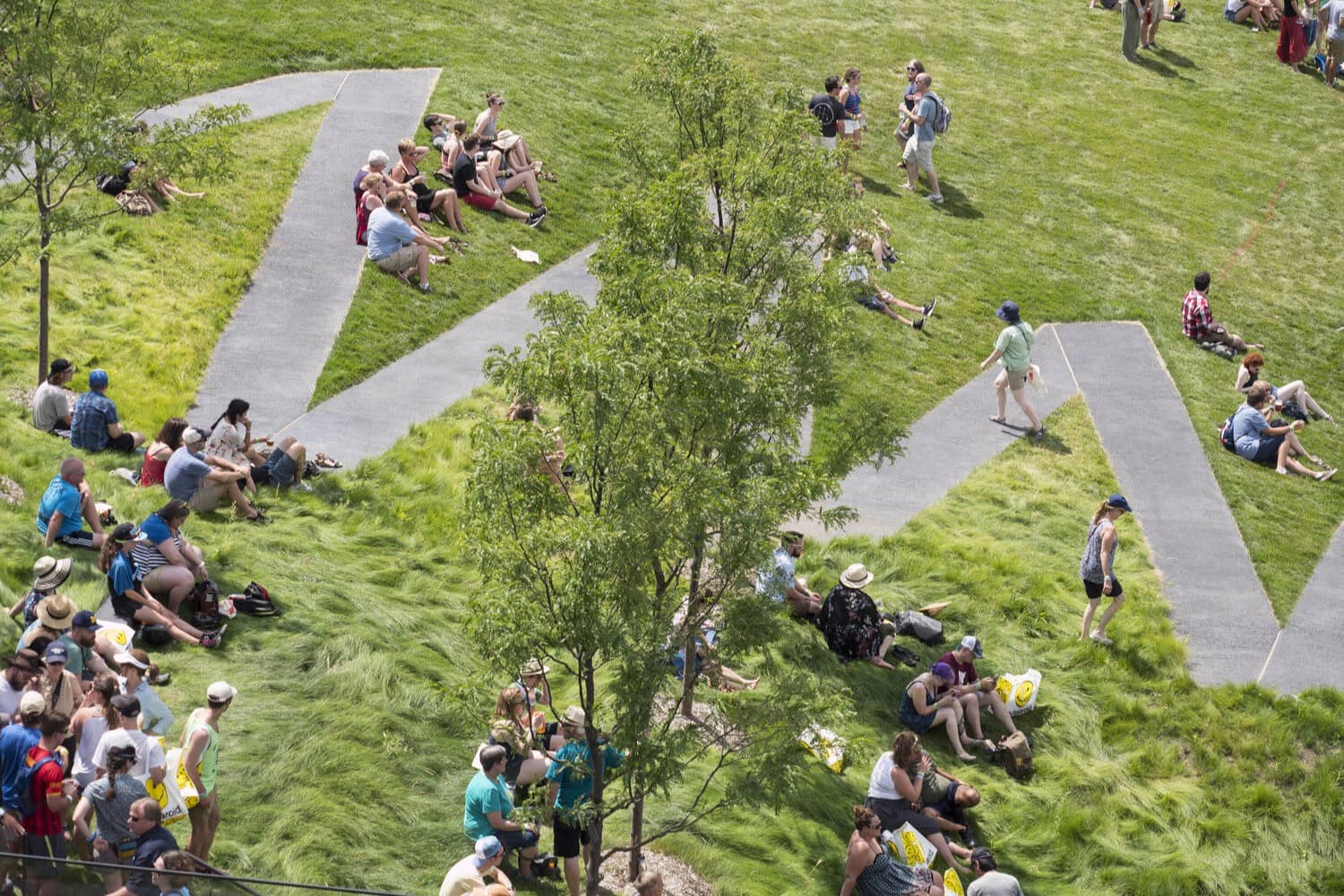
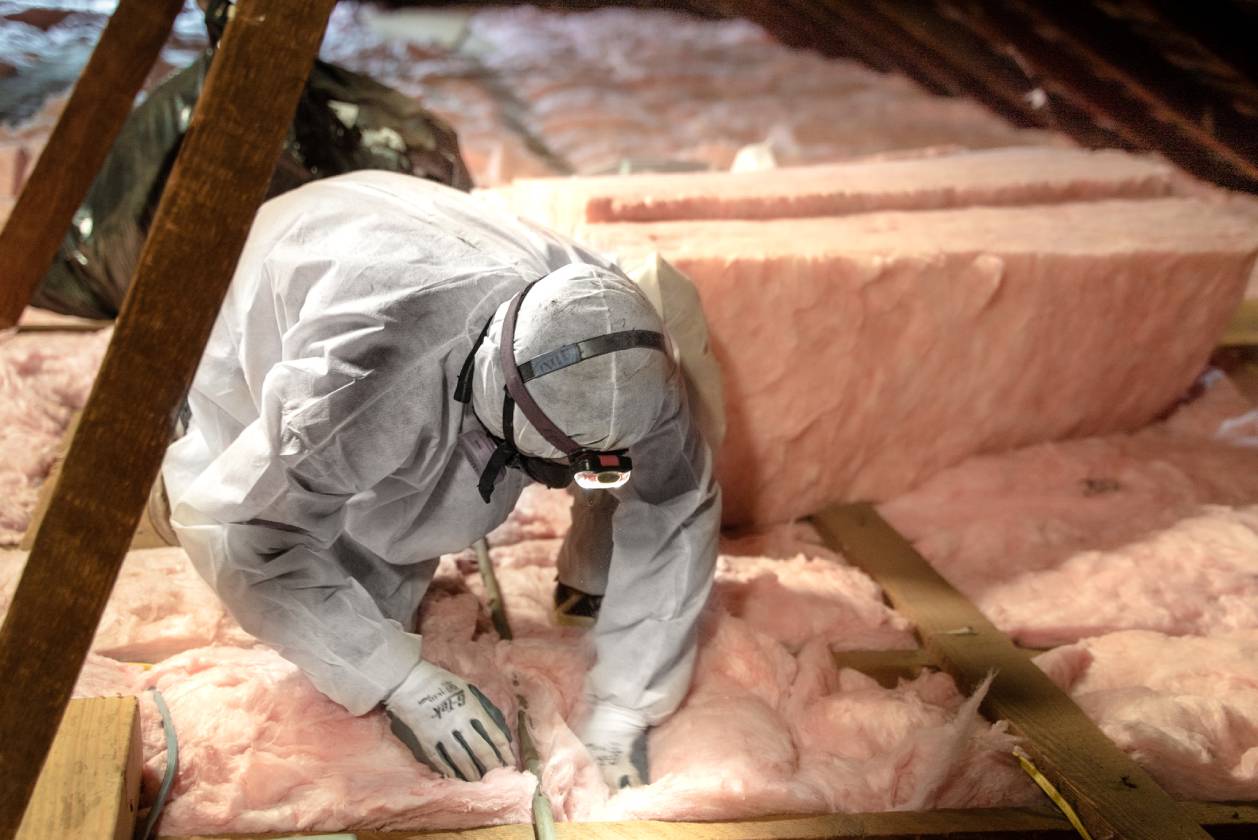
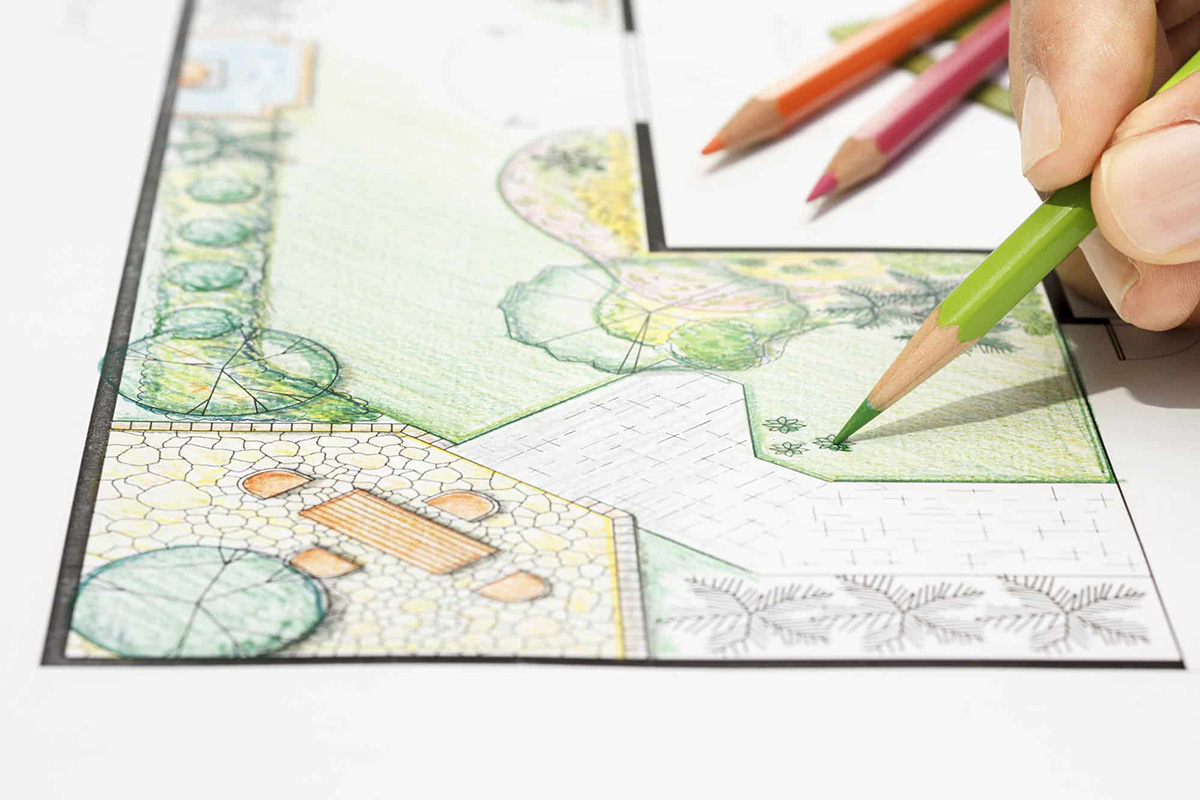
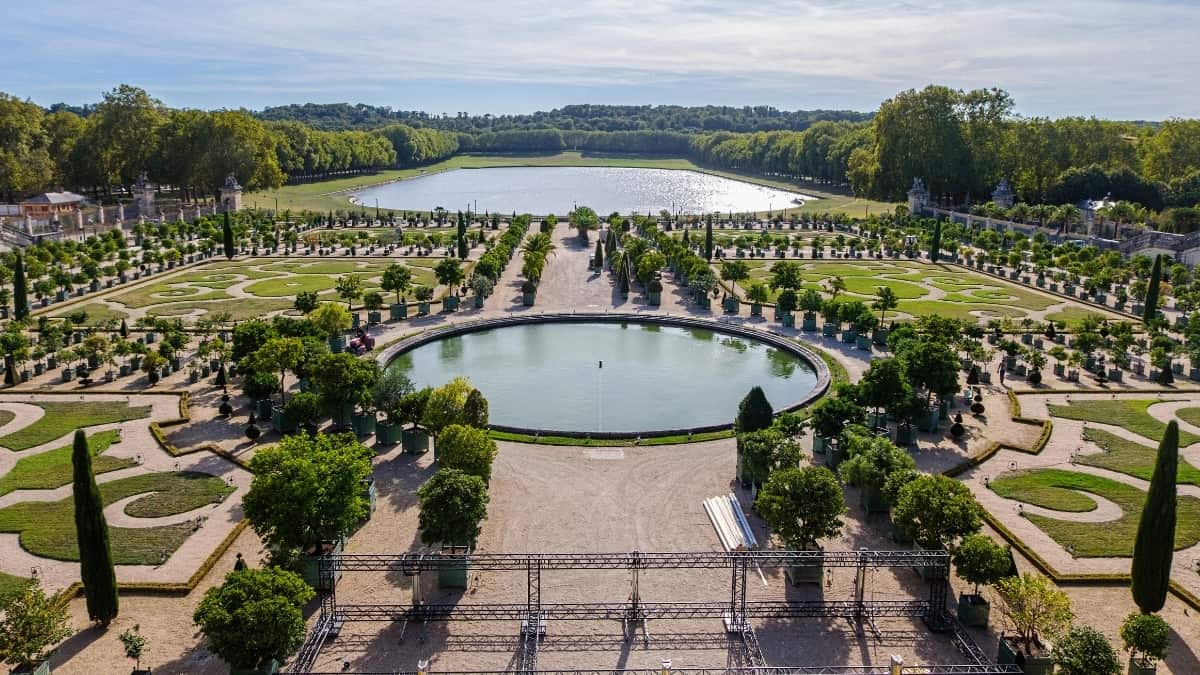
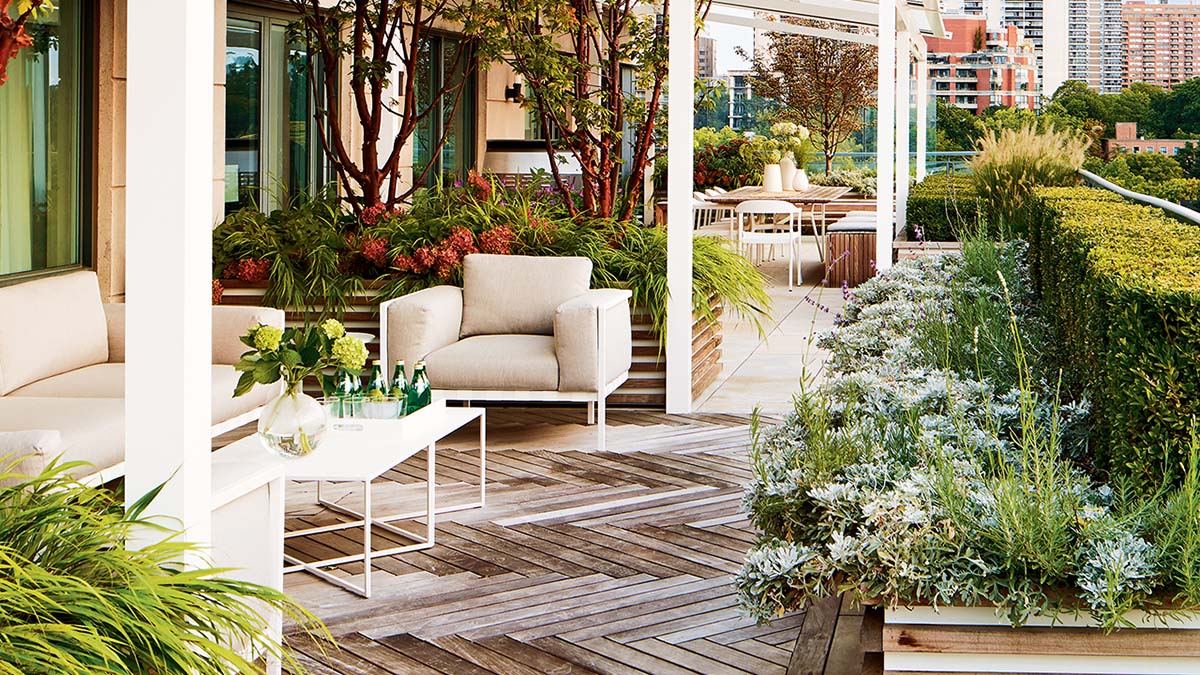
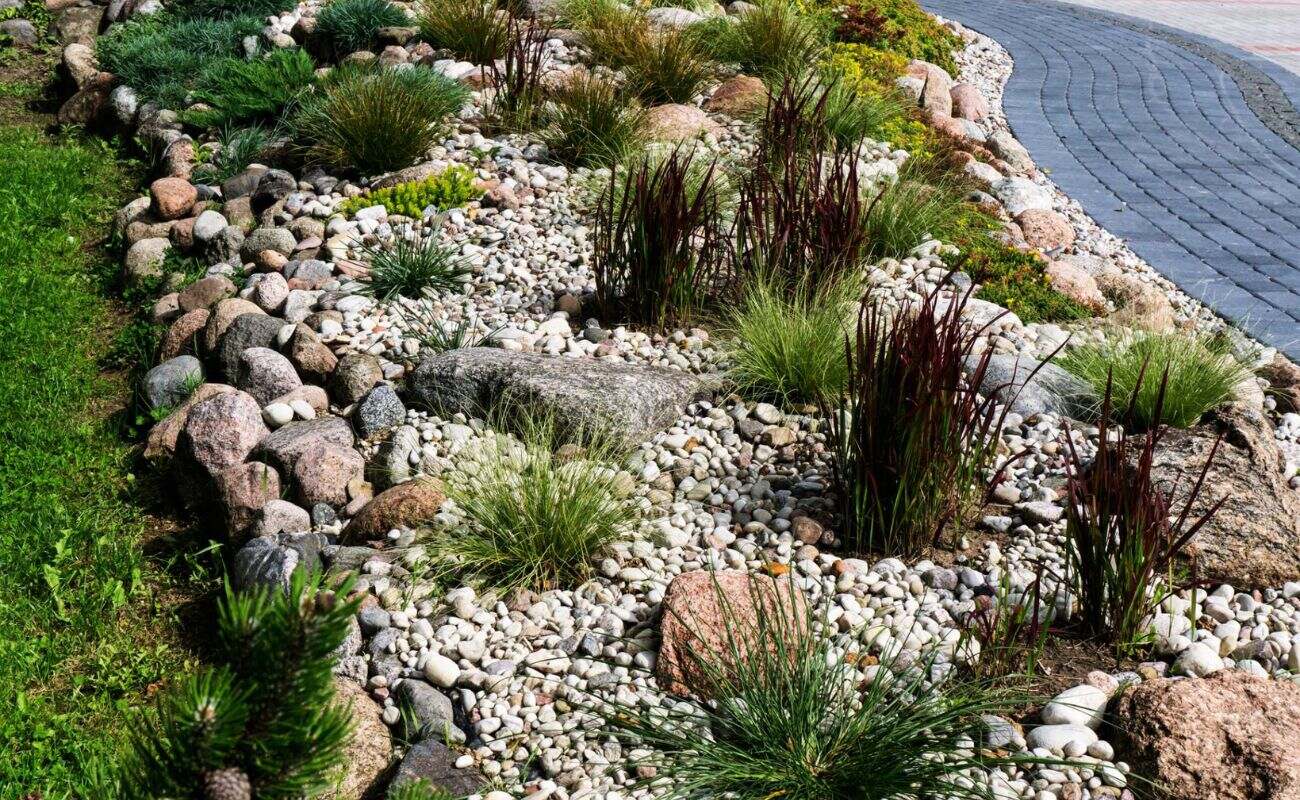
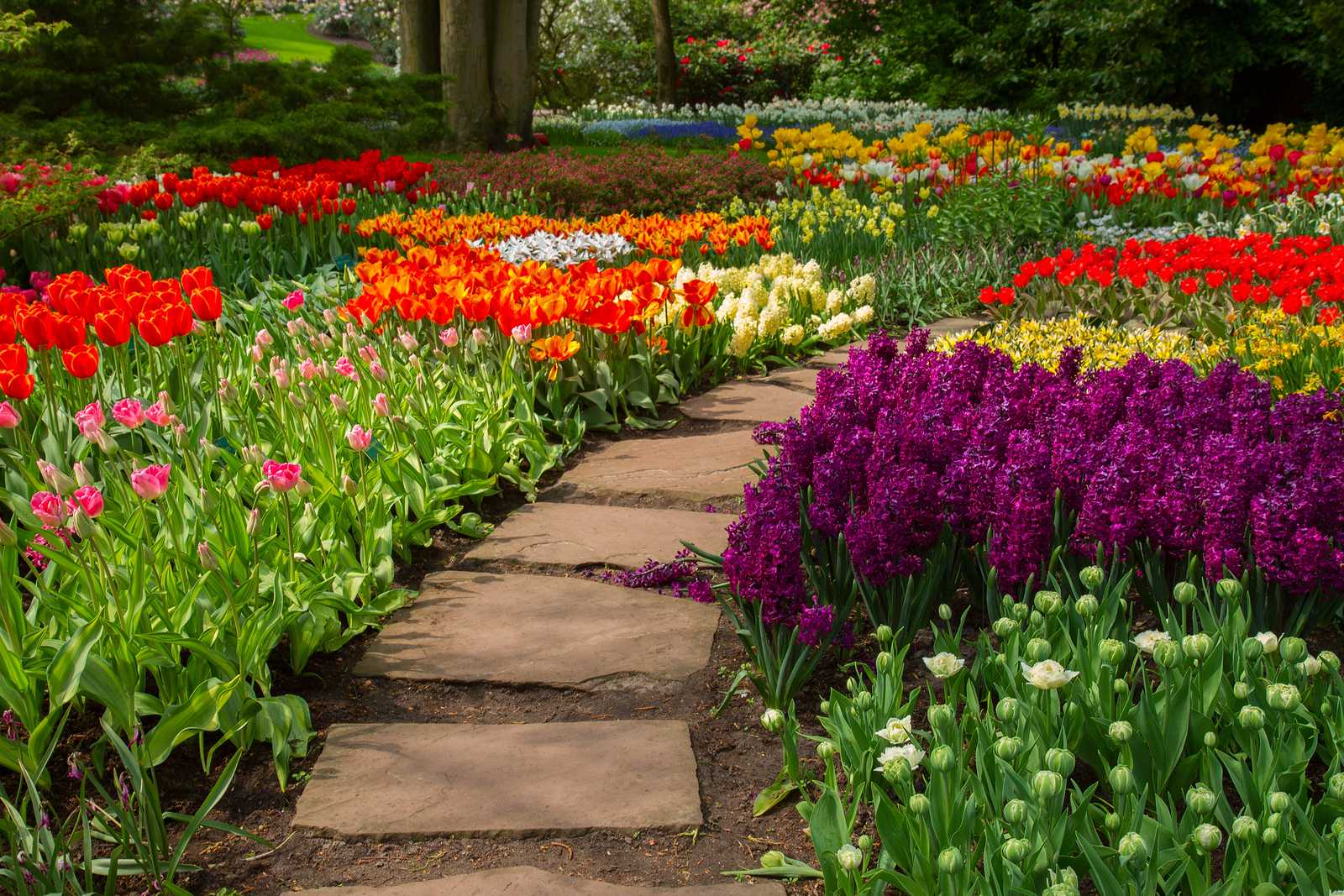


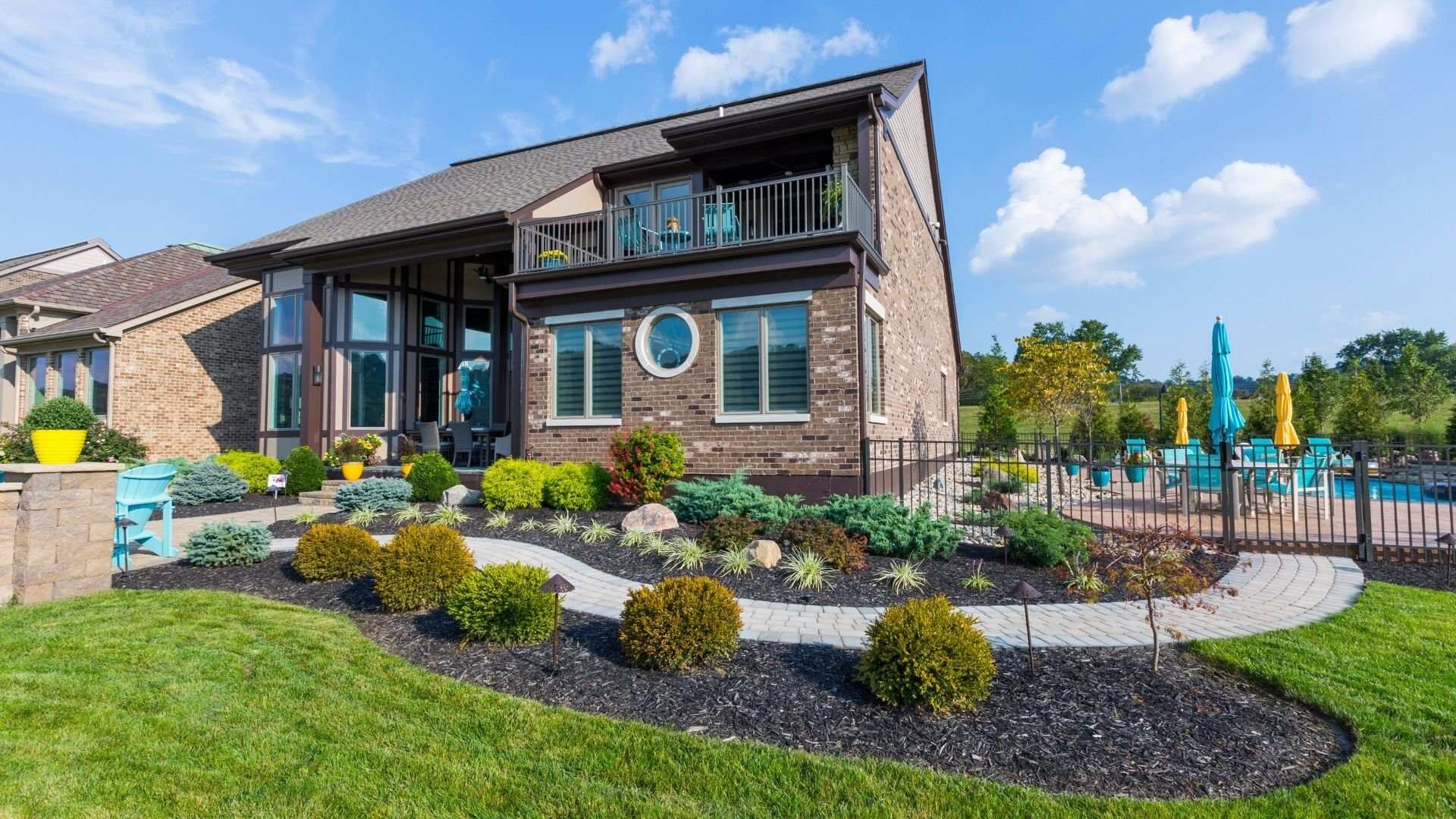
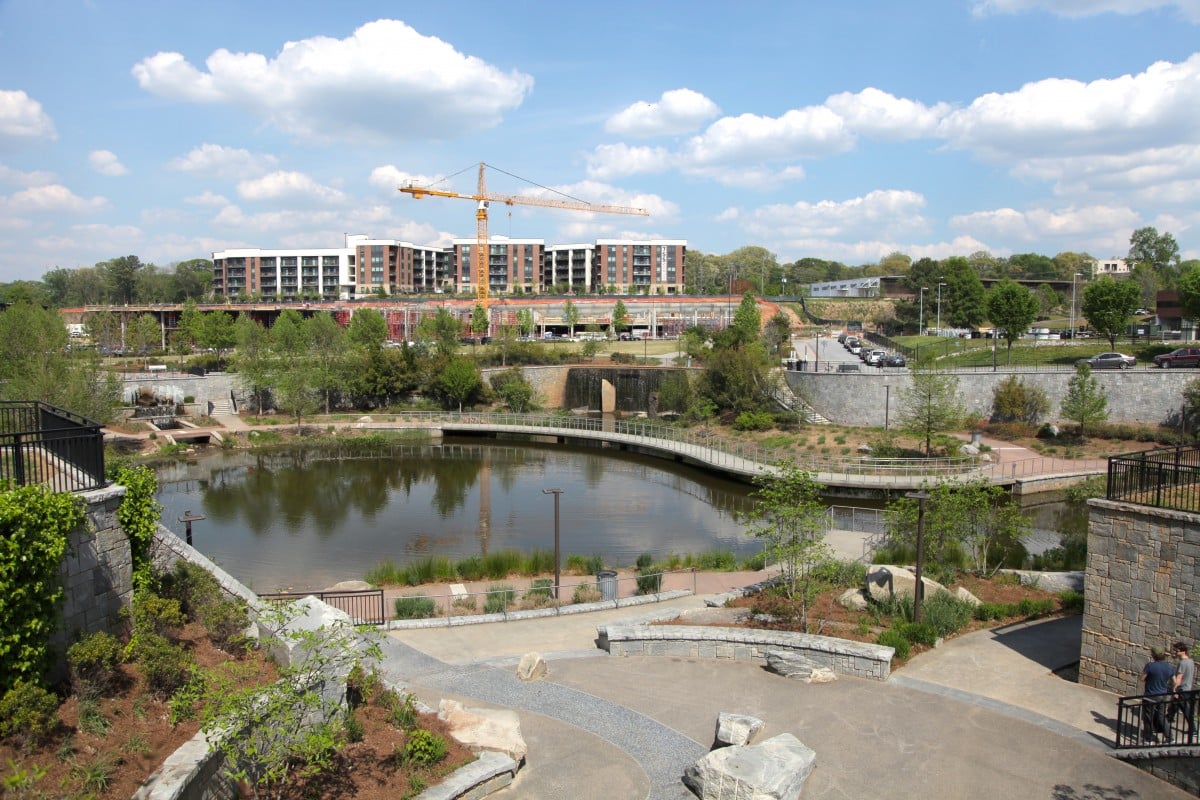
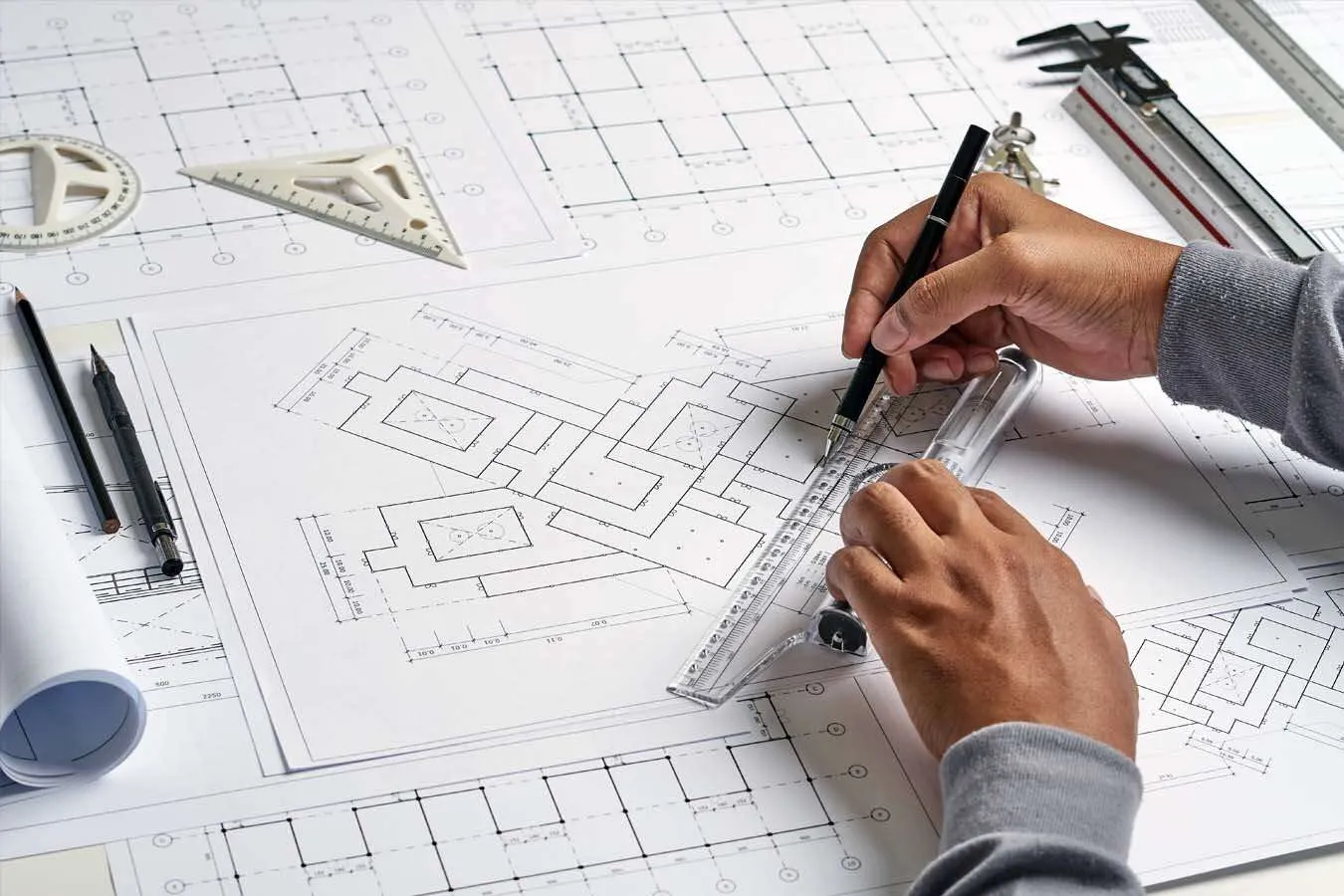

0 thoughts on “Who Does Landscaping”